Flies are diverse insects in the order Diptera. While most people are familiar with the housefly, there are many other types of flies with distinct appearances and habits. Some feed on plants, some on decaying matter, and others even drink blood. In this article, you’ll discover 20 common and notable fly species and learn how to identify and understand their roles in the environment.
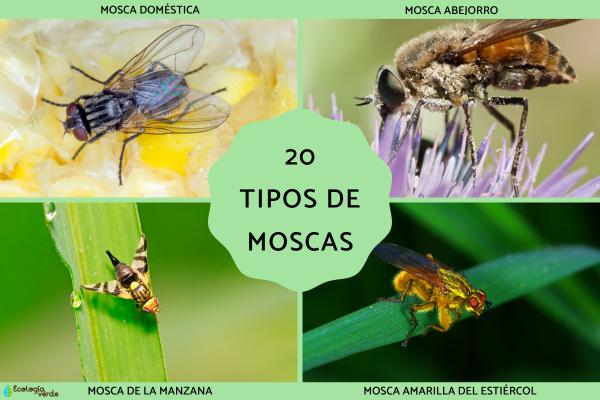
Small fly measuring 7–9 mm, commonly found in Europe. It’s a serious pest of cabbage and turnip crops, often causing economic losses.

Cosmopolitan and one of the most recognized fly species. It grows 8–10 mm long and is a known vector for diseases due to its habit of landing on waste and food.
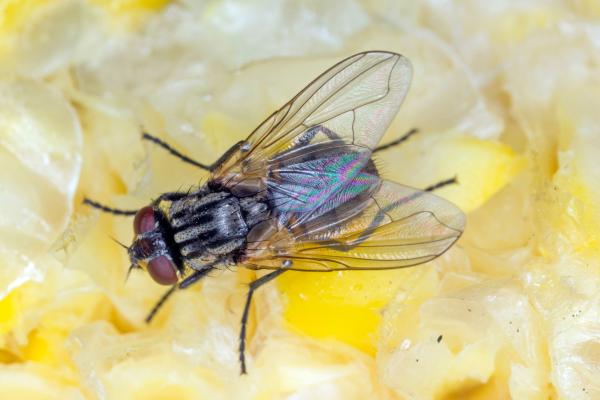
Resembling a bumblebee, it measures 1–1.5 cm, with yellow hairs. Adults feed on nectar while larvae parasitize beehives.
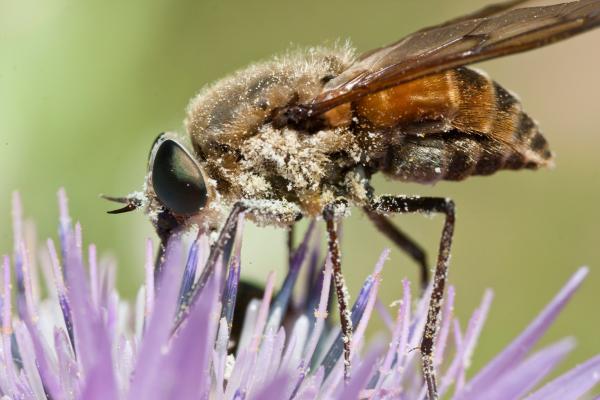
Native to Europe, flies in swarms and emerges in late April. Feeds on grass roots and can damage crops. Known for their hairy black bodies.
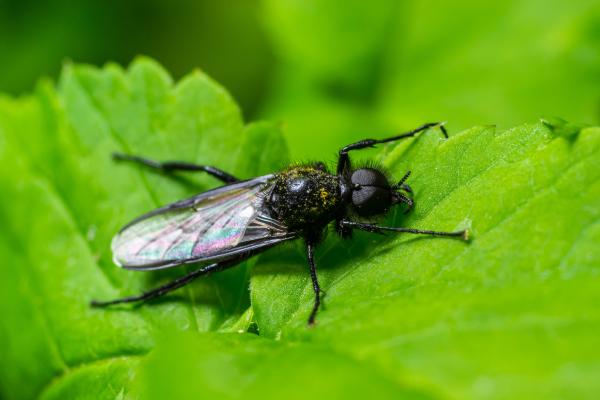
Widespread across Eurasia, this fly lays eggs in carrion. Larvae feed on decaying flesh and are important in forensic entomology.
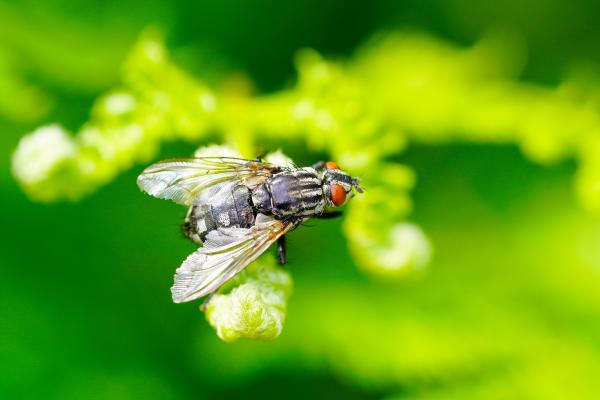
Also called moth fly, it’s small (3–5 mm) and hairy-winged with white dots. Found in damp areas like drains or tree holes.
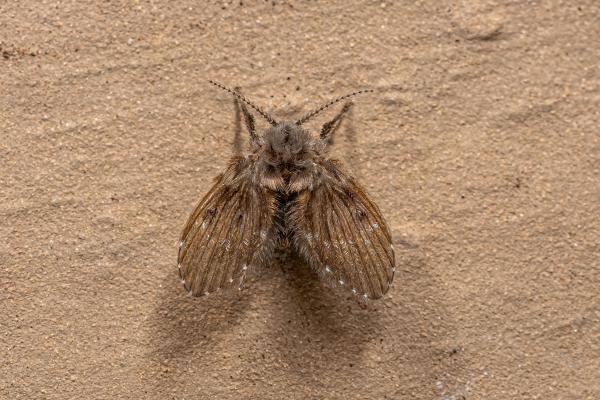
Found in parts of Africa and a carrier of trypanosomes, which cause sleeping sickness in humans and nagana in animals.
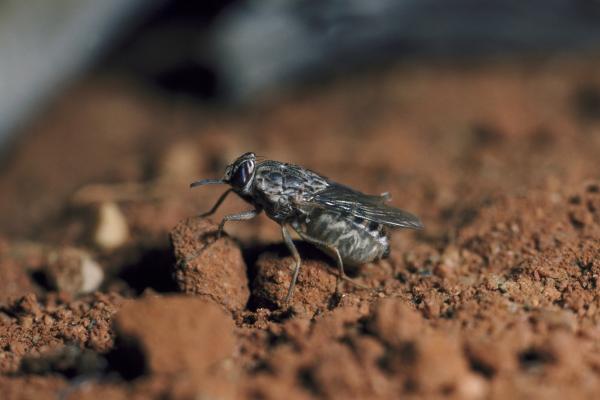
Native to North America and a pest of apple and other fruit trees. Larvae feed inside fruit, ruining entire harvests.
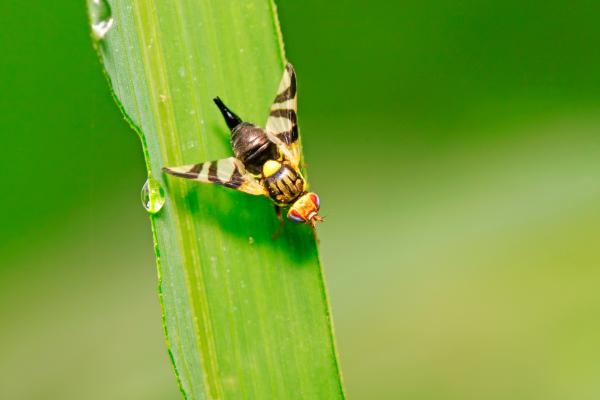
Widespread in the Northern Hemisphere. Lays eggs in animal dung where larvae feed. Adults stay near dung and hunt insects.

Tiny fly, only 3 mm long, often found around ripe fruit. Extensively used in genetics and biology research.
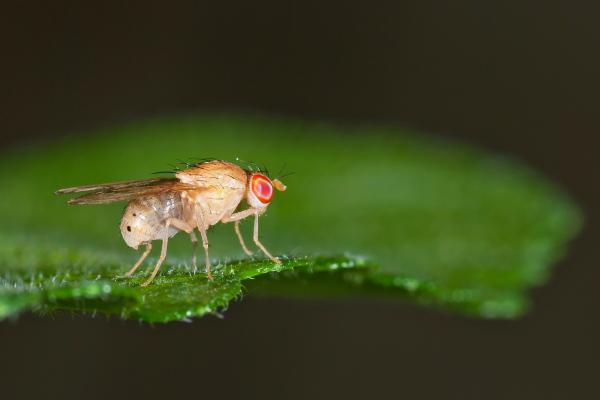
Drone Fly (Eristalis tenax)
Dance Fly (Empis tessellata)
Horse Louse Fly (Hippobosca equina)
Hoverfly (Episyrphus baleatus)
Lesser Housefly (Fannia canicularis)
Common Bluebottle (Calliphora vicina)
Green Bottle Fly (Lucilia sericata)
Bill Gates Fly (Eristalis gatesi)
Attic Fly (Pollenia rudis)
Yellow Assassin Fly (Laphria flava)
By understanding these fly species, we can better manage pests and appreciate the ecological diversity of this insect group.

animal tags: Fly
We created this article in conjunction with AI technology, then made sure it was fact-checked and edited by a Animals Top editor.